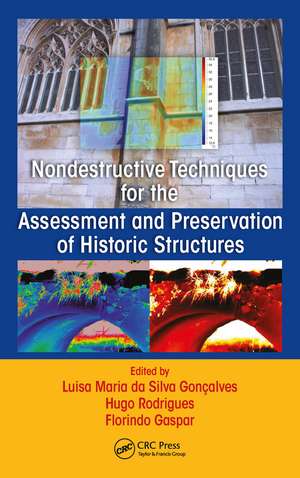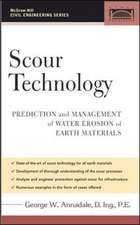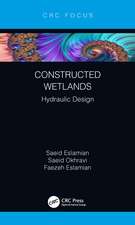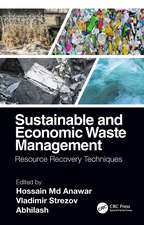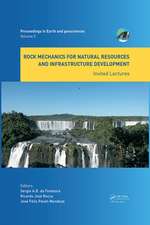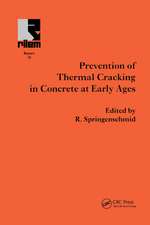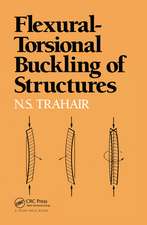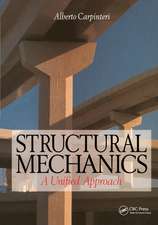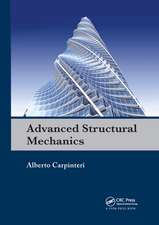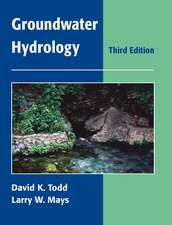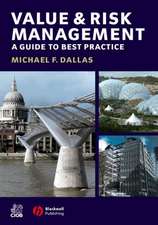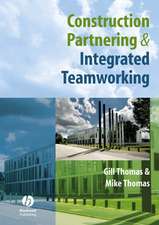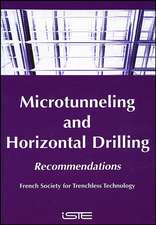Nondestructive Techniques for the Assessment and Preservation of Historic Structures
Editat de Luisa Maria da Silva Gonçalves, Hugo Rodrigues, Florindo Gasparen Limba Engleză Hardback – 2 oct 2017
Preț: 687.67 lei
Preț vechi: 956.11 lei
-28% Nou
Puncte Express: 1032
Preț estimativ în valută:
131.58€ • 137.75$ • 108.88£
131.58€ • 137.75$ • 108.88£
Carte tipărită la comandă
Livrare economică 05-19 aprilie
Preluare comenzi: 021 569.72.76
Specificații
ISBN-13: 9781138710474
ISBN-10: 1138710474
Pagini: 280
Ilustrații: 15 Tables, color; 210 Illustrations, color
Dimensiuni: 156 x 234 x 19 mm
Greutate: 0.84 kg
Ediția:1
Editura: CRC Press
Colecția CRC Press
ISBN-10: 1138710474
Pagini: 280
Ilustrații: 15 Tables, color; 210 Illustrations, color
Dimensiuni: 156 x 234 x 19 mm
Greutate: 0.84 kg
Ediția:1
Editura: CRC Press
Colecția CRC Press
Public țintă
Academic and Professional Practice & DevelopmentCuprins
Table of Contents. Part I - Nondestructive Techniques for the Evaluation of Heritage Buildings. Chapter One. Non-Destructive Techniques for the Evaluation of Heritage Buildings. Part II – Historical City Centres. Chapter Two. Characterisation of Old Buildings and their Pathologies: case study of the historical city centre of Leiria, Portugal. Chapter Three. The Use of Multispectral Images for Monitoring the State of Conservation of Roofs: case study of the historical city centre of Leiria, Portugal. Chapter Four. 3D-GIS Heritage City Model: case study of the historical city centre of Leiria, Portugal. Chapter Five. 3D Structural Analysis to Support Preservation Processes. Part III – Monuments and Historical Constructions. Chapter Six. Survey and Characterization Pathologies: Founder's Chapel, Monastery of Batalha. Chapter Seven. Dynamic Measurements Supporting the Analysis and Condition Assessment of Monastery Santa Maria da Vitoria - Batalha. Chapter Eight. GPR and TLS Methods for the Evaluation of Roman Masonry Arch Bridges. Chapter Nine. The House of Peter I in Polotsk. Chapter Ten. The Building of the Polotsk Campus of the Polotsk State University. Chapter Eleven. Liubcha Castle.
Notă biografică
Dr. Luisa Maria da Silva Gonçalves is a Senior Lecturer at the School of Technology and Management, Polytechnic Institute of Leiria and a researcher of INESC Coimbra. She is also a Visiting Professor at the ISEGI-New University of Lisbon, teaching Cartographic Sciences. She holds a Ph.D. in Civil Engineering, an MSc in GIS, and a specialization in Building Information Modelling (BIM). Her main research interests are related with 3D GIS modelling, and application of multi-spectral image analysis to cultural heritage. She is the author of more than 50 scientific papers, published in international and national journals and proceedings of international and national conferences.
Dr. Hugo Rodrigues is a Senior Lecturer at the School of Technology and Management, Polytechnic Institute of Leiria, Portugal, teaching several topics related to Structural Analysis, Building Pathology and Rehabilitation. His major research interests are building rehabilitation, structural health monitoring and seismic safety including experimental and numerical activities. He has co-authored more than 60 publications in top-tier peer-reviewed journals and contributed to more than 100 publications at national and international meetings.
Dr. Florindo Gaspar is a Professor in the Civil Engineering Department of the School of Technology and Management, Polytechnic Institute of Leiria, where he has taught subjects related to wood and masonry structures, materials and processes of construction, and building installations. He is currently a Researcher at the Centre for Rapid and Sustainable Product Development (CDRsp). He is the author of several scientific articles published in journals and national and international conferences. His research interests are related with monitoring, rehabilitation and conservation of wood and masonry structures.
Dr. Hugo Rodrigues is a Senior Lecturer at the School of Technology and Management, Polytechnic Institute of Leiria, Portugal, teaching several topics related to Structural Analysis, Building Pathology and Rehabilitation. His major research interests are building rehabilitation, structural health monitoring and seismic safety including experimental and numerical activities. He has co-authored more than 60 publications in top-tier peer-reviewed journals and contributed to more than 100 publications at national and international meetings.
Dr. Florindo Gaspar is a Professor in the Civil Engineering Department of the School of Technology and Management, Polytechnic Institute of Leiria, where he has taught subjects related to wood and masonry structures, materials and processes of construction, and building installations. He is currently a Researcher at the Centre for Rapid and Sustainable Product Development (CDRsp). He is the author of several scientific articles published in journals and national and international conferences. His research interests are related with monitoring, rehabilitation and conservation of wood and masonry structures.
Recenzii
"This book provides interesting subjects on non-destructive assessment techniques. New methodologies are presented and very well discussed. The manuscript is clear and objective making the understanding a very simple task."
— Francisco Carvalho de Arruda Coelho, Universidade Estadual Vale do Acaraú, Sobral, Brazil
"The major strength of the book is the presentation of real field practical case studies throughout that explains the techniques utilized in each."
—Jagat Kumar Shrestha, Tribhuvan University, Kirtipur, Nepal
— Francisco Carvalho de Arruda Coelho, Universidade Estadual Vale do Acaraú, Sobral, Brazil
"The major strength of the book is the presentation of real field practical case studies throughout that explains the techniques utilized in each."
—Jagat Kumar Shrestha, Tribhuvan University, Kirtipur, Nepal
Descriere
New technologies play an increasingly important role in the analysis, monitoring, restoration, and preservation of historic structures. This book will present the latest nondestructive technologies used in the characterization, preservation, and structural health monitoring of historic buildings.
